Herahera Dango is a unique Japanese sweet from the Sajima area of Yokosuka City in Kanagawa Prefecture. This flat rice-flour dumpling comes with sweet red bean paste (anko) and has a chewy, nostalgic taste. In this article, we explain what Herahera Dango is, its history, and its cultural role in local festivals, and where you can try it today.
What is Herahera Dango?
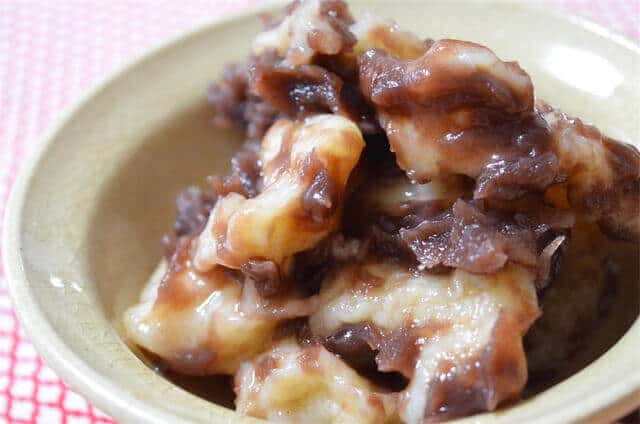
Herahera Dango (literally “paddle-paddle dumpling”) is a traditional dango (rice dumpling) from Kanagawa. Made by mixing wheat flour (or rice flour) with water, kneading it into a dough, then tearing off pieces, flattening them into thin rounds, and boiling them. Once cooked, each flat dumpling is coated generously with anko (sweet red-bean paste) to make a kind of ankoromochi. The result is a soft, chewy sweet that is both simple and comforting.
This humble snack has a few namesake origin stories. Some say it’s called herahera because the dumplings are pressed flat like a spatula (“hera” in Japanese). Others note that the flattened shape resembles a fisherman’s paddle (“hera”). Regardless of the reason, the distinctive flat shape is what gives Herahera Dango its memorable name. The filling is typically smooth anko, making each bite sweet and satisfying for both children and adults.
History and Tradition
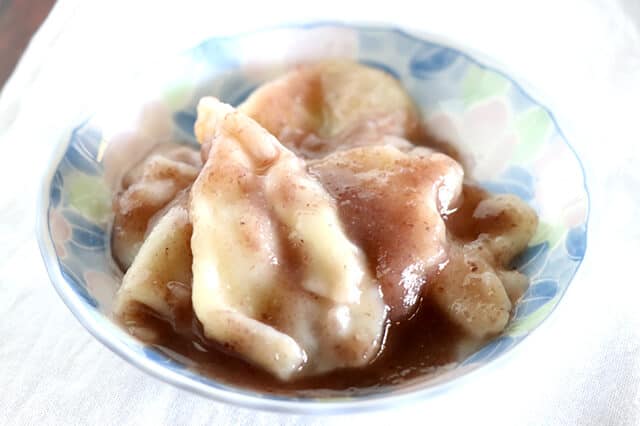
Herahera Dango has deep roots in the local culture of Yokosuka’s Sajima district. It dates back to at least the Edo period, where it was closely associated with a summer boat festival. Every July, fishermen and their families would offer Herahera Dango at the Sajima Funamatsuri (boat festival) alongside red sea bream (madai) and traditional songs, praying for bountiful catches and good health. This practice continues today as a community tradition: families prepare the fresh dumplings each summer and offer them on the household altar before enjoying them together.
Over time, Herahera Dango became a cherished kyodo ryori (local dish) of Kanagawa. Enjoyed by generations as a homemade farmer’s snack, and selected by the Ministry of Agriculture as one of Japan’s “100 Select Rural Cuisines,” highlighting its nostalgic, home-style flavor and long heritage. Although they do not commonly sold this in mainstream markets (many people make it at home), this simple sweet remains a symbol of Sajima’s folk food culture.
Where to Try Herahera Dango
Fujimiya Confectionery (ふじみや菓子店 田浦店 )
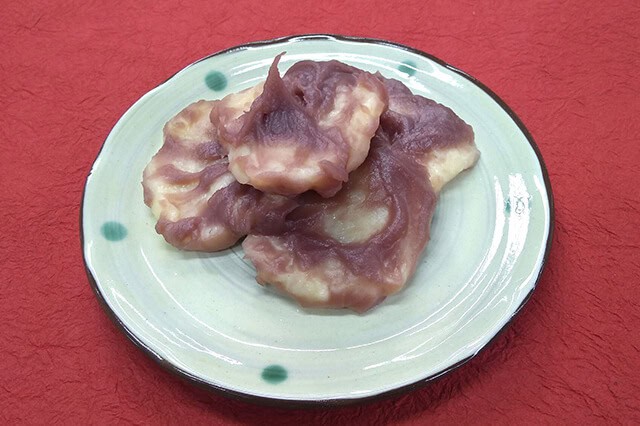
You can taste Herahera Dango at a few local sweets shops in Yokosuka. One such place is Fujimiya Confectionery (田浦店), a long-established wagashi (Japanese sweets) shop near Taura Station in Yokosuka. This small family-run store is popular for traditional treats, and in season, it sells Herahera Dango made in the old-fashioned way.
Conclusion
In summary, Herahera Dango (へらへら団子) is a simple yet culturally rich Kanagawa delicacy: a flat, chewy rice-wheat flour dumpling coated with sweet red bean paste. Though modest, celebrated as a classic rural sweet and recognized by the national government for its heritage. Whether you make it at home or seek it out in Yokosuka, this sweet offers a taste of Japanese folk tradition in every bite.
For readers interested in similar treats, consider trying other classic Japanese sweets such as Mitarashi Dango, Ohagi, or Kusa Dango, which share the comforting appeal of bean-paste-coated rice confections. These beloved snacks, like Herahera Dango, capture the simple joy of traditional Japanese sweets and are worth exploring on your culinary adventures.
FAQ
- What is Herahera Dango in Kanagawa?
In Kanagawa, people make Herahera Dango from flattened rice flour; they often boil or grill the dumplings.
- Why is it called “Herahera”?
The name comes from its flat and floppy shape—“hera” refers to a spatula or something thin and flat in Japanese.
- How is it different from other types of dango?
Unlike the round skewered dango, this version is flat and not always served with sweet sauces. It’s more rustic and home-style.
- How is it usually eaten?
Traditionally, people enjoy it plain, with soy sauce, or sometimes with sweet toppings like anko (red bean paste).
- When is Herahera Dango eaten?
Families often made it at home as a quick snack, especially for children, or served it during local festivals.
- Where can I try it in Kanagawa?
You won’t find it widely sold commercially, but you may find it at regional food fairs, local events, or in traditional households in areas like Hadano.
- Is it vegan-friendly?
Yes, it’s made mainly from rice flour and water, though toppings may vary.
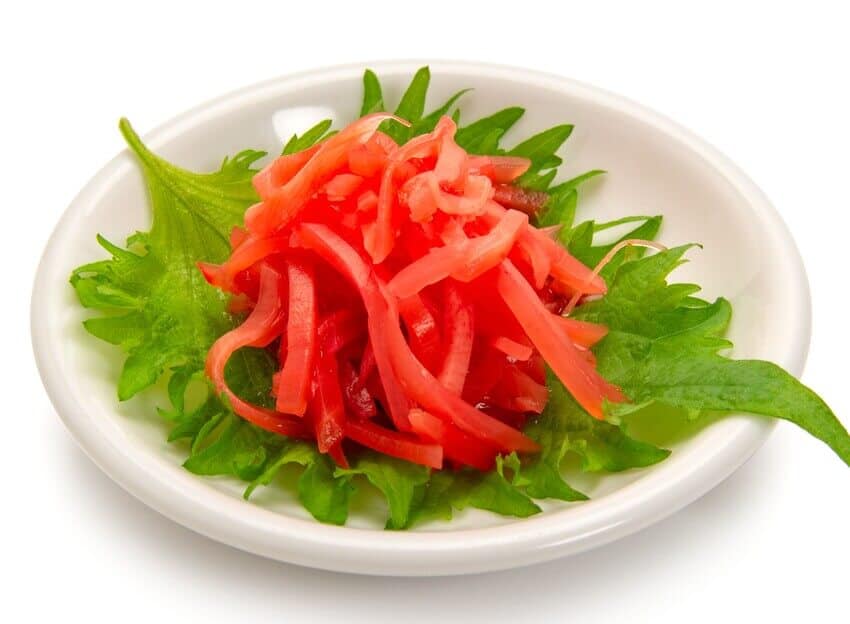
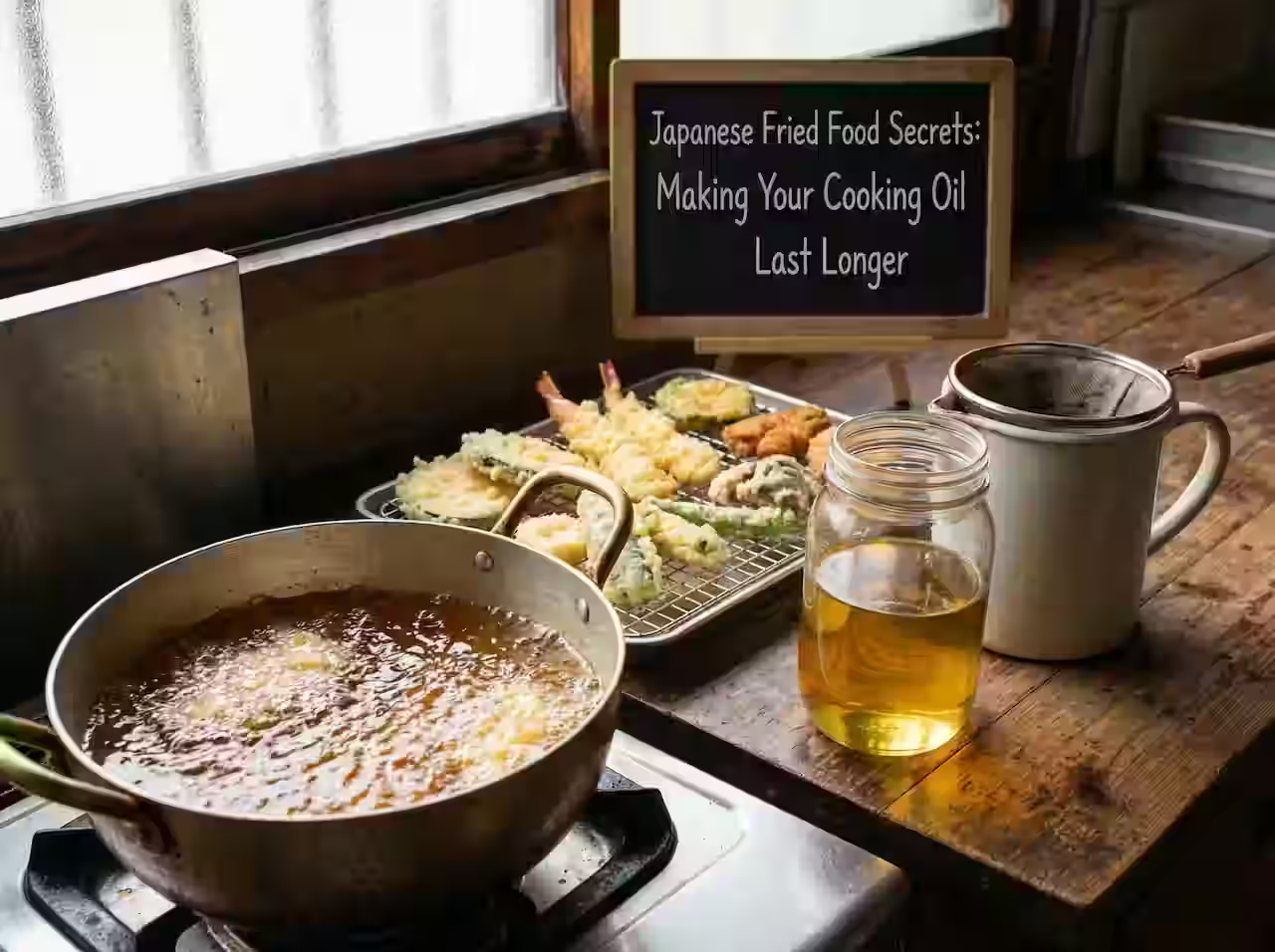
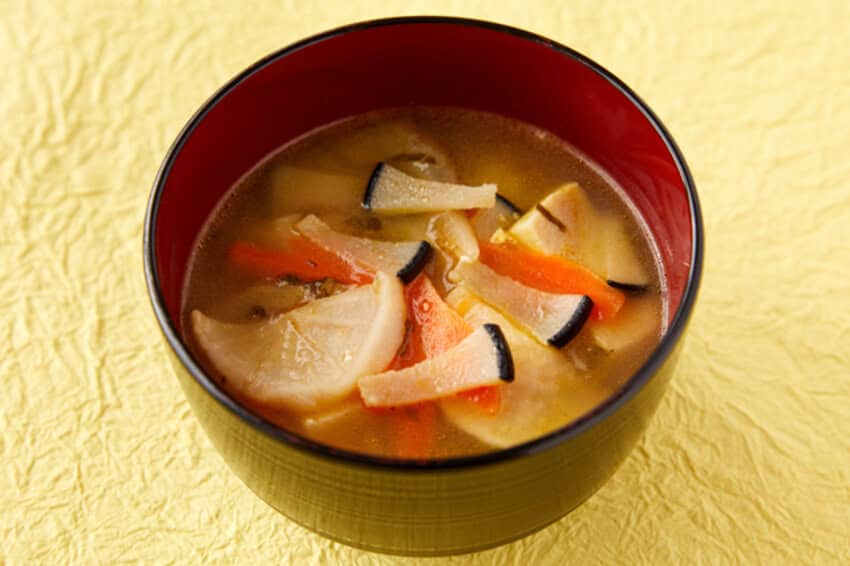
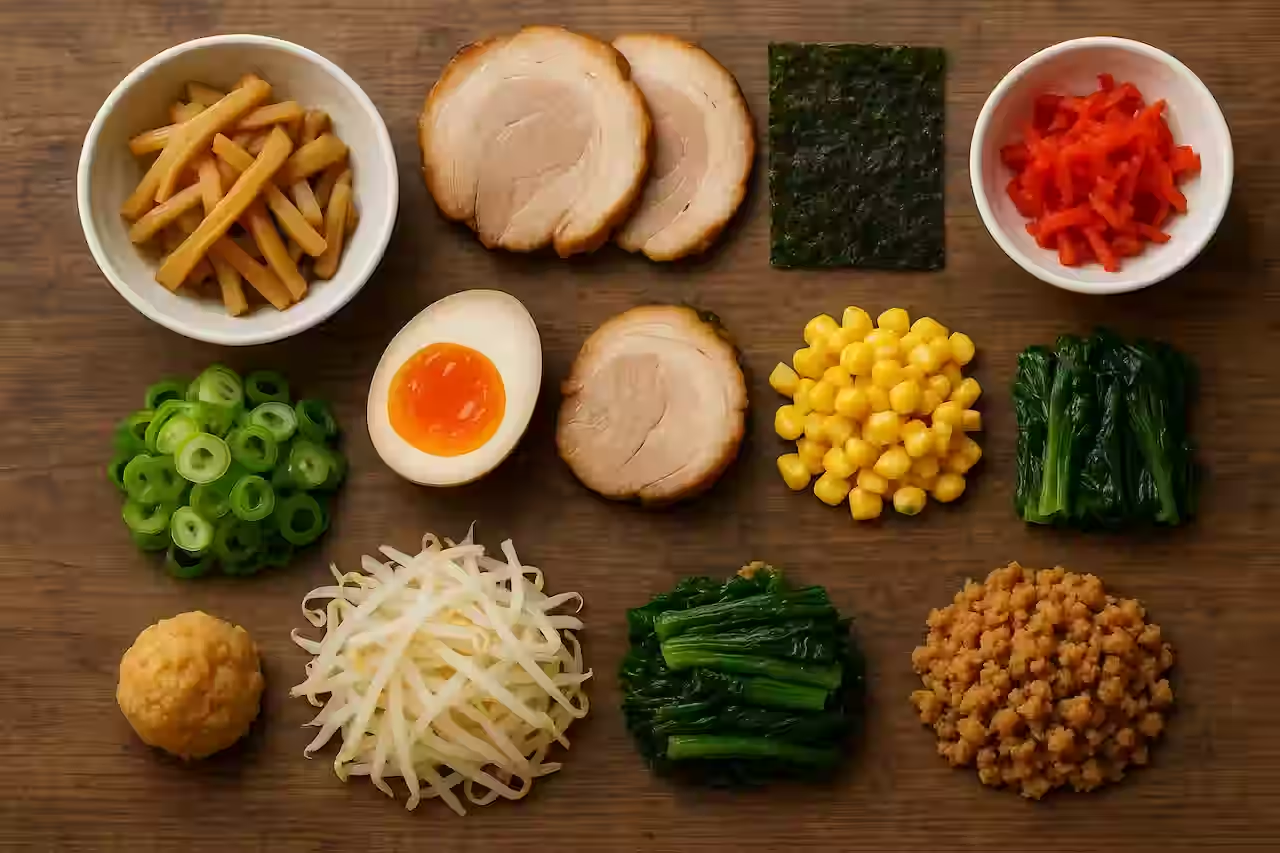
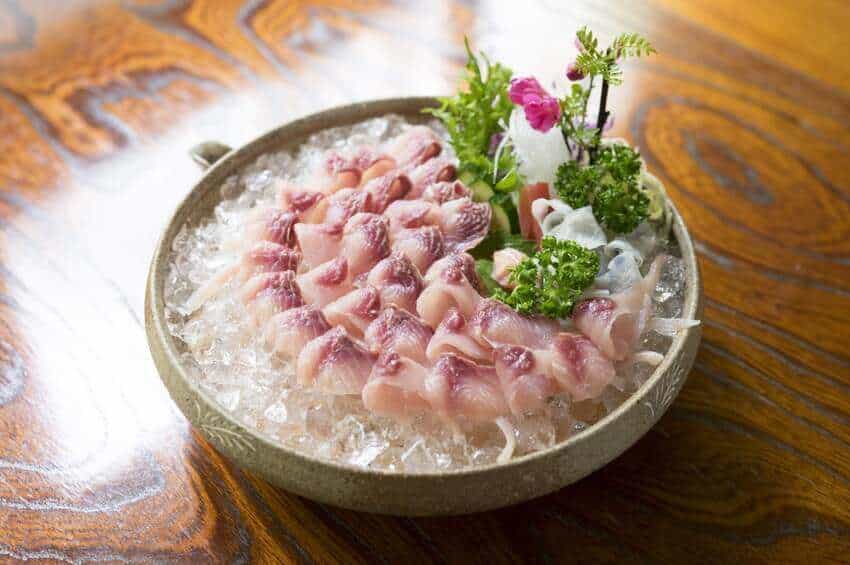


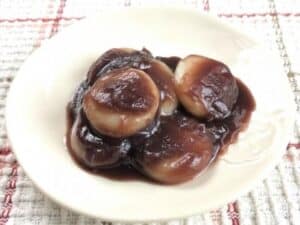

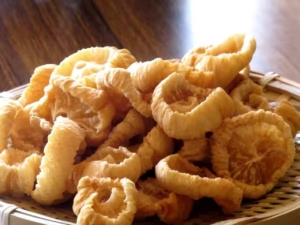
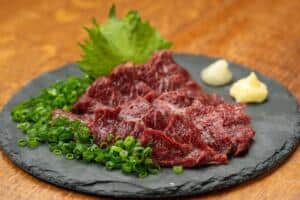
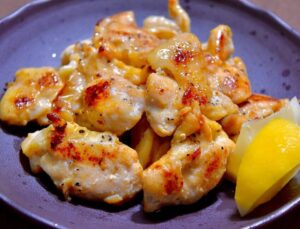
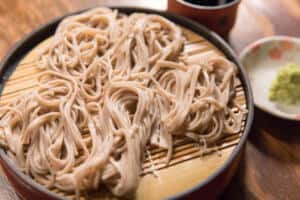
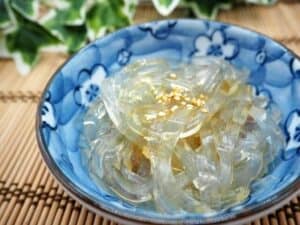
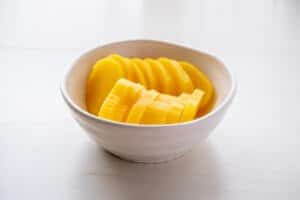
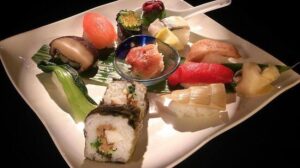
Comments